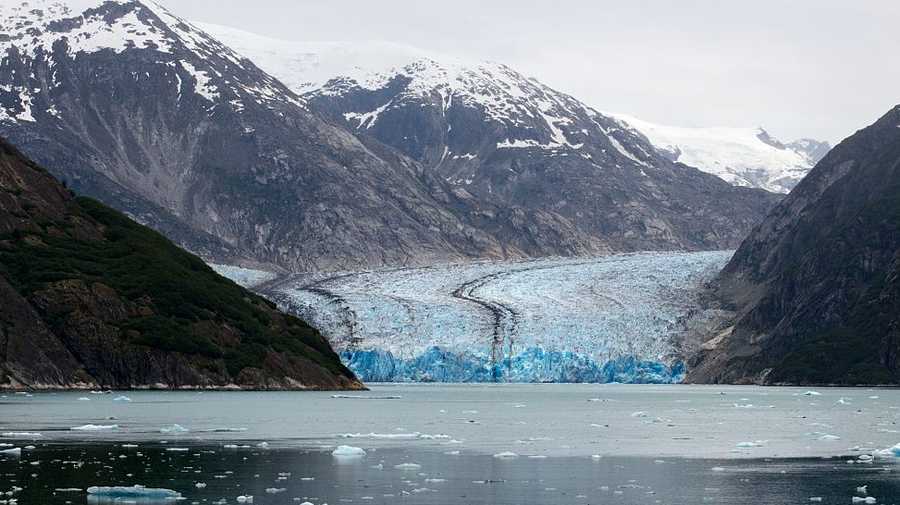A, recently identified, unstable slope could collapse resulting in a massive tsunami in Alaska.
The slope is located in Barry Arm, about 97 kilometers east of Anchorage. A letter, signed by 14 scientists that was recently published, warns about the hazardous impact of the potential landsliding.
The region consists of sedimentary rocks which are tectonized due to the presence of numerous faults and fracture systems. Therefore, the slopes are prone to translational or even rotational slides.
Scientists collected satellite and aircraft imagery data from 2009 to 2015 and found out that the ground has moved downwards by 185 meters. According to a preliminary investigation, the movement is persisting until today but at a lower rate. The stability of the slope has been deteriorating as Barry Glacier, which supported its toe, gradually retreats due to the temperature rise.
Under certain circumstances, a creeping landslide could instantly collapse. There are many triggering factors that could lead to such a failure. Those include:
· Earthquakes
· Intense precipitation that results in pore pressure buildup
· Freeze-thaw action
· A combination of those factors
According to the authors of the report, the landslide is imminent and could occur within the next 20 years.
The impact of a tsunami in the region would be devastating. Harriman Fiord, Barry Arm and parts of Port Wells would be affected. Waves measuring more than 9 meters could reach distant bays. The slide “could release millions of tons of rock into the Harriman Fiord, triggering a tsunami at least as large as some of the largest in the state’s recorded history,” a press release issued by the Alaska Division of Geological and Geophysical Surveys, mentions.
The report states that landslides have triggered tsunami incidents in Alaska and Greenland during the past 10 years. In 2017, a slide in west Greenland generated large waves that impacted a town 30 kilometers away causing 4 fatalities. Some locals have not returned to their residences ever since as another slope nearby is prone to failure.
2 years earlier, a slow-moving landslide suddenly gave way in Icy Bay, Alaska, and generated giant waves measuring more than 10 meters, 35 kilometers away. Scientists warn that the volume of the current landslide is much higher than the aforementioned cases and, thus, its impact could be more severe.
Researchers will study further the characteristics of the creeping slide to derive more accurate predictions. Their future investigation will include field measurements.
Currently, the Alaska Department of Natural Resources and the Department of Fish and Game have issued an alert warning people to avoid the hazardous zones until the issue is better understood.



Comments are closed